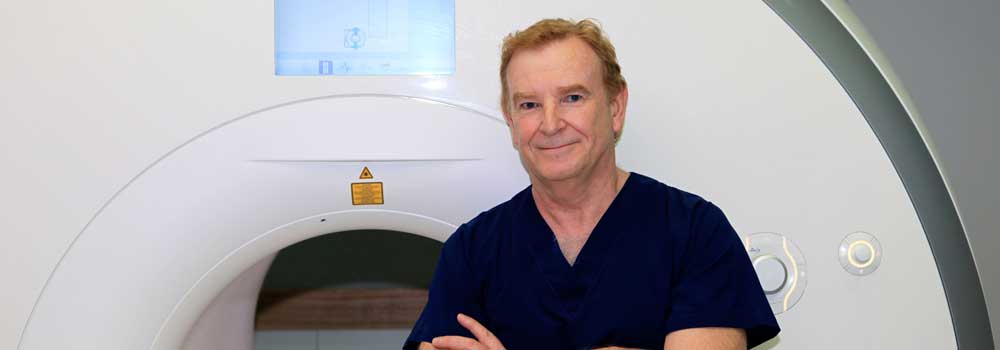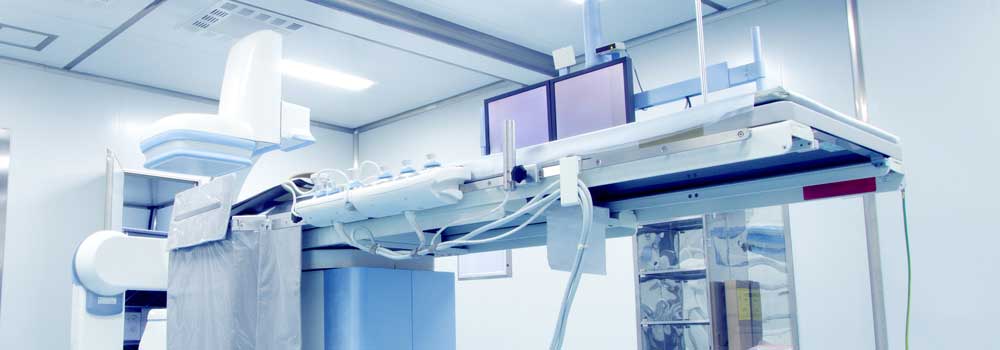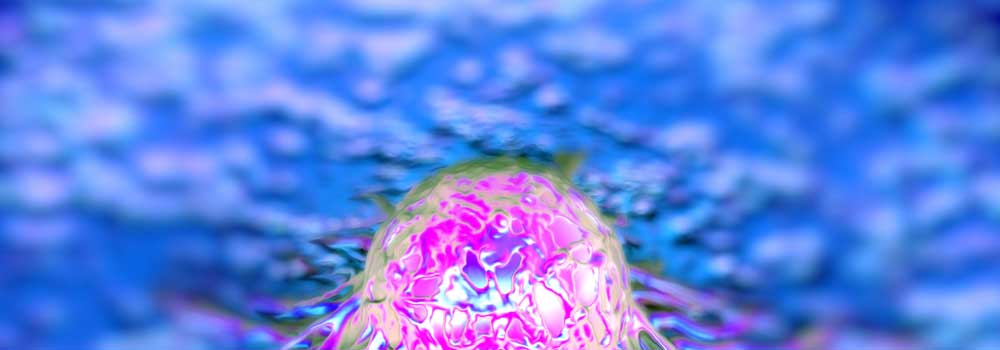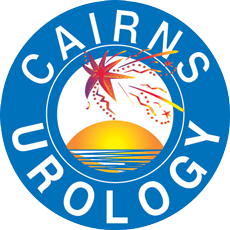



TESTIS
UNDESCENDED TESTES
Definition
Undescended Testes are those which have had their development arrested in the normal path of descent. Ectopic testes are those which have left the normal path of descent and may be found in such regions as the upper thigh, the base of the penis or the perineum (between the legs) but they are unusual.
Incidence
There is a 2% incidence of undescended testes in full term boys. There is an approximately 1% incidence of one year olds. This incidence rises to 20% in premature births.A retractile testis is one, which can be manipulated to the base of the scrotum but then ascends again.Although it is unusual it is possible for testes to be fully descended at birth and ascend to the neck or scrotum or inguinal region between birth and 8-10 years of age. Therefore it is a good idea to check on testicular presence in routine examination of children’s abdomen and inguinal regions.
Undescended testicles should be operated upon if still not down by the age of two years.
There is considerable evidence that an undescended testis has up to a 10 times greater chance of becoming cancerous than a normally positioned testis. Over a patient's lifetime that risk remains at approximately 1 in 100.
The advantages of early surgery are:
1. Reduces the risk of trauma.
2. Reduces the risk of torsion(twisting).
3. Increases the chance of subsequent fertility.
4. Deals with a concomitant hernia present in approximately 80%.
5. Improves the cosmetic appearance and reduces psychological trauma.
ORCHITIS (Inflammation of testis)
1. Mumps Orchitis.
This condition occurs in approximately 20% of males who develop mumps. It is unusual before puberty and the pain and swelling starts 3-7 days after the inflammation of the parotid gland on the side of the face. It is often accompanied by fever and approximately 15% is bilateral (both sides). The diagnosis is clinical; there is no surgical or antibiotic treatment.
2. Bacterial Orchitis.
Infection of the testis is usually accompanied by epididymitis(the comma shaped area at the back of the testis which collects the sperm before they travel up the vas deferens to the penis). It usually occurs without warning and the organism may be cultured in the urine. Usually the epididymis is acutely tender. ALL ACUTE PAINS IN THE TESTIS MUST HAVE TORTION EXCLUDED. Epididymo-orchitis may occur following prostatic surgery or manipulation but in over 50% of patients no cause can be identified.
Investigations:
These include culture of urine specimen and any urethral discharge and children prior to puberty a urinary tract ultrasound or IVU (X-ray with an injection of contrast) is appropriate.
Management:
Empirical management such as bed rest, adequate scrotal support, elevation and antibiotics such as Trimethoprim, Norfloxacin, Doxycycline may be effective. Treatment may be necessary for up to 6 weeks. Occasionally an abscess may develop and that should be drained. Sometimes orchidectomy (removal of testicle) is necessary.
CHRONIC EPIDIDYMO-ORCHITIS (Long-lasting)
In cases of chronic epididymo-orchitis tuberculosis must be excluded. This may is a rare but recognised complication of intravesical BCG treatment used for treatment of carcinoma insitu and recurrent superficial transitional cell cancer of the bladder. Treatment should be as outlined by the health authorities tuberculosis protocol.Chronic granulomatous orchitis may occur in men who have had recurrent urinary tract infections. The reason for the granuloma appears to be that of a foreign body type reaction but the cause is not clear. Often the diagnosis is made at orchidectomy (removal of testicle) carried out for a suspicious testicular mass where tumour cannot be excluded without surgery.
TORSION OF TESTIS
Torsion of the testis is a Urological emergency. It is most common during adolescence in the 12-18 age group.The testis twists around on its cord of blood vessels (arteries & veins) causing interruption of the blood and oxygen supply which may result in the testis dying. The result of this is that it may affect the ability of the patient to become a father and may lead to reduce hormone production.
Diagnosis
The diagnosis is usually made on history and examination. The testis appears to be retracted and epididymis may be facing anteriorly (the front).
Ultrasound is often used in an attempt to reduce the number of unnecessary scrotal explorations, however it is not fool-proof and if a torsion is suspected surgery should be performed within 6 hours of onset in order to have the greatest chance of testicular preservation.
At the time of surgery the opposite testis should also be fixed on the assumption that they are of similar anatomy and the same event may occur with that one.
Torsion of testicular appendages (these are developmental remnants which are not cancerous) may also occur and be noted at the time of exploration.
Treatment
Although it is possible to un-twist the testis the treatment is always surgery to stitch the testis to the inside if the scrotum to prevent it happening again.
Cancer of Testis
Diagnosis is usually related to presentation on a patient with a hard non-painful mass within the testis. There may not be enlargement of the testis.
Causative factors
Undescended testis is the most common causative factor.
Testicular microcalcification (tiny pinpoint calcifications seen on Ultrasound) is not a causative factor and the incidence of carcinoma of testis does not increase with the presence of testicular microcalcification. Testicular microcalcifications are often picked up on ultrasounds for investigations of testicular pathology.
Tumour markers
Alpha feto-protein (AFP) and Beta HumanChorionicGonadotrophin (BHCG) and LactateDeHydrogenase(LDH) are substances which may be found and estimated on a blood test.They may indicate the severity of the disease and may be useful for monitoring progress. In a male, these should have very low values.
Classification of testicular tumours
1 – Seminoma
2 – Teratoma
3 – Mixed seminoma teratoma
4- Lymphoma and other tumours
Treatment
The diagnosis made on surgical removal of the testis – a Radical Orchidectomy is carried out through an groin incision which is usually hidden by the pubic hair after the operation.
Testicular tumours tend to spread to the glands in the para aortic region. This is up beside the kidneys.(Example:If a patient has a sore throat, the glands in the neck get sore because they are fighting the infection. If there is a cancer in the throat, it can spread to the neck.So a testicle cancer can go to the glands beside the kidneys in the abdomen). If a needle is placed in to the testicle to sample (biopsy) it, a cancer can be spread to the scrotum (skin of the bag) and this drains to the glands of the groin and so the cancer may be spread there. This is why the operation is not done through a cut (incision) on the bag.
Staging
Staging in cancer is seeing whether the cancer is only in the original organ or has spread to other parts of the body.
It may be carried out by various forms of imaging (scans etc.).
Stage1
Confined to testis
2A – lymph nodes below the diaphragm < 2cm
2B - 2-5 cm
2C - > 5cm
3A – Supra diaphragmatic node involvement (chest)
4 - Extra lymphatic disease- spread to other organs e.g. lungs,liver etc.
Treatment
Seminoma
Stage 1 - is usually treated by accompanying radiotherapy to the para aortic lymph nodes.
Stage 2A and 2B – as for stage 1, but fields extended to include bilateral pelvic nodes.
Stage 2C – Radiotherapy plus chemotherapy – occasionally retroperitoneal lymphadenectomy (removal of glands beside the kidneys) is carried out. It is important for patients undergoing that procedure to be counselled regarding the possibility of retrograde ejaculation. That is even though they may get the feeling of ejaculation, no sperm may come out because of effects on the nerves in the surgical area.
Teratoma
Teratoma is less sensitive to radiation therapy and often triple chemotherapy medications such as Carboplatin, Vinblastine and Bleomycin may be used.Nevertheless, most patients diagnosed with testicular cancer will have a normal lifespan and quality of life (95%).
Follow Up
Regular follow up under all situations with CT Scans and tumour markers. It is important to remember that Bleomycin has lung side effects. Patients with testicular carcinoma are often of reproductive age and may not have had children and therefore counselling regarding preservation of semen may be appropriate.
